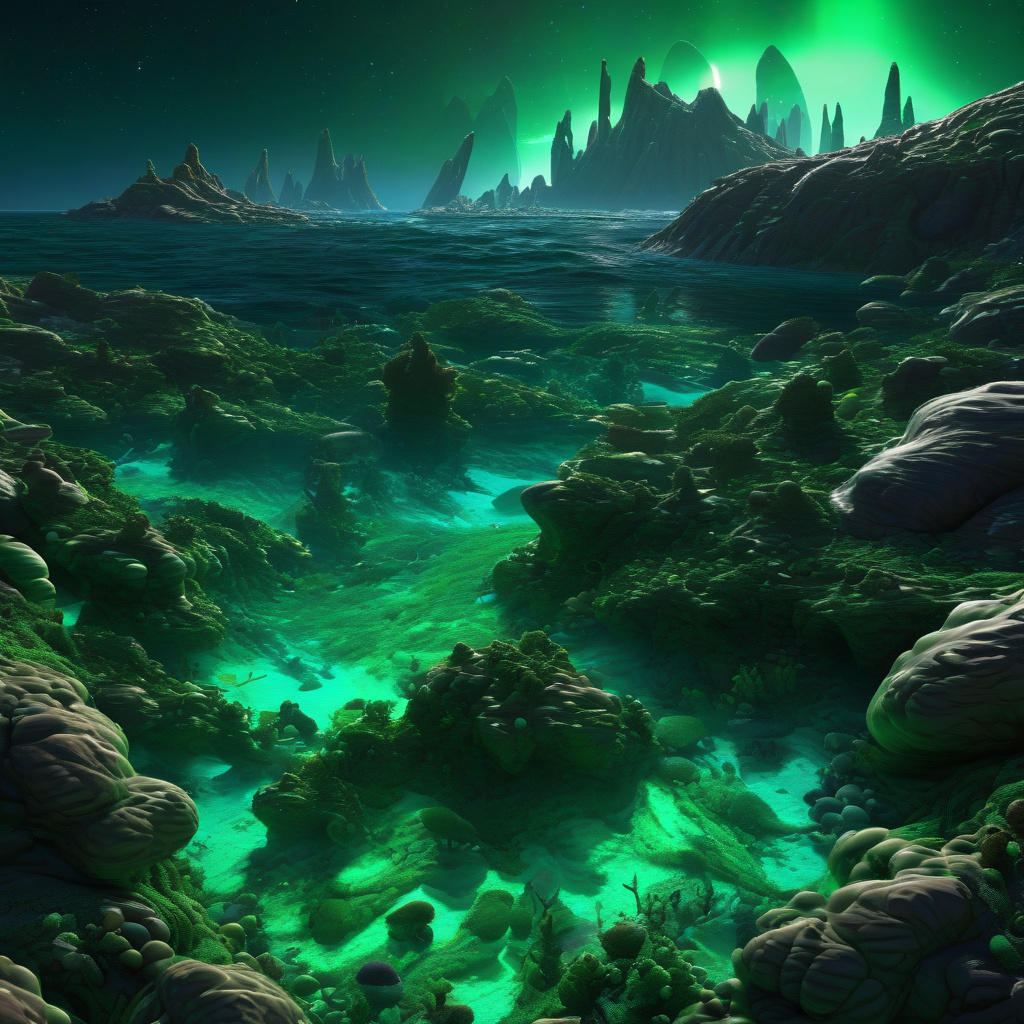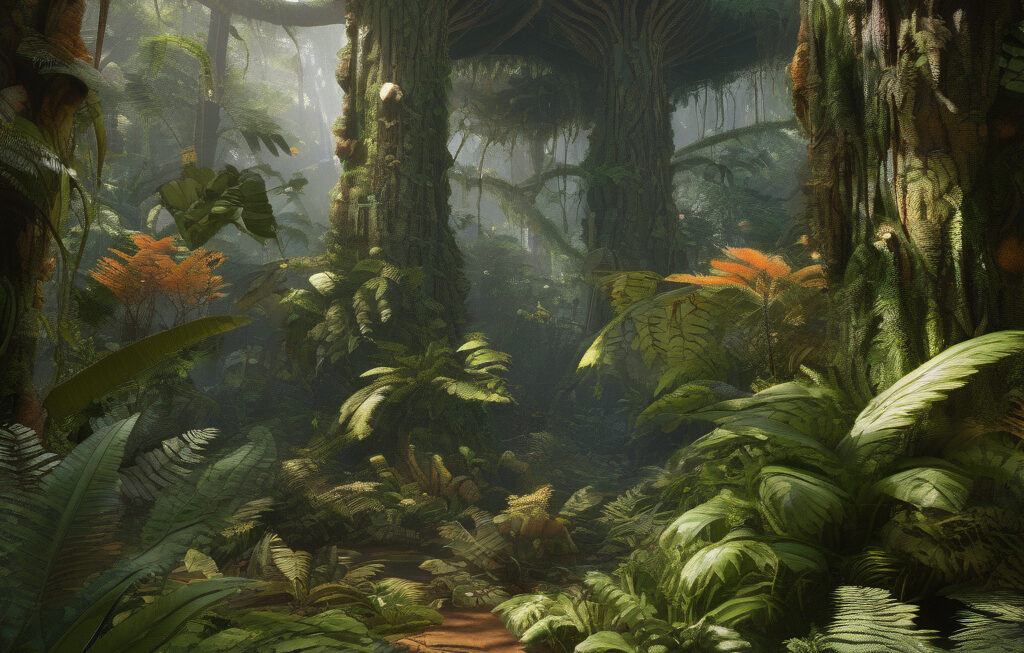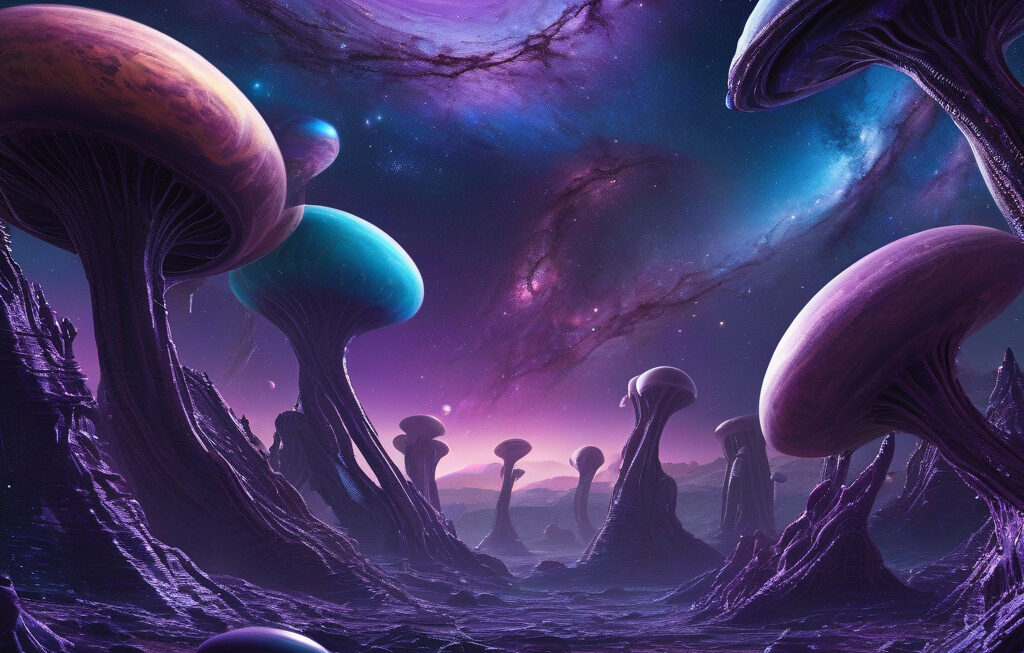Could Alien Oceans Be Green: Earth’s Past May Hold the Key to Finding Life Elsewhere
Billions of years ago, the Blue Planet wasn’t exactly blue. Researchers have found that Earth’s ancient oceans might provide crucial insights into the potential colors of extraterrestrial oceans on distant planets. The quest for life beyond our solar system has always fascinated scientists, and understanding the conditions that could support life is paramount in this pursuit.
A study published in the journal Nature Geoscience shed light on the evolution of Earth’s oceans. Billions of years ago, our planet was enveloped in a thick atmosphere rich in methane and carbon dioxide. These conditions, coupled with the absence of oxygen, created a drastically different environment from what we know today. The researchers discovered that due to the high levels of methane in the atmosphere, Earth’s ancient oceans would have appeared green rather than blue. This finding challenges the conventional belief that all habitable planets would exhibit blue oceans.
The implications of this research are profound. Scientists now have a new perspective on what to look for when studying exoplanets. By considering a broader range of possibilities for the appearance of alien oceans, the chances of identifying potentially habitable worlds are significantly increased. Instead of solely focusing on Earth-like blue oceans, researchers can now explore the potential for green oceans on distant planets.
The color of an exoplanet’s ocean is not merely an aesthetic detail; it can provide valuable information about the planet’s atmospheric composition and potential for harboring life. On Earth, the blue color of our oceans is a result of the absorption and scattering of sunlight by water molecules. However, on a planet with a different atmospheric composition, such as one rich in methane like ancient Earth, the oceans would reflect a different hue.
Moreover, the presence of certain pigmented microorganisms could further influence the color of an alien ocean. For instance, on Earth, the proliferation of marine cyanobacteria, also known as blue-green algae, can impart a greenish tint to bodies of water. By studying these biological factors in conjunction with the planet’s atmospheric conditions, scientists can gain valuable insights into the potential habitability of exoplanets.
This research highlights the importance of looking to Earth’s past to gain a better understanding of alien worlds. By unraveling the mysteries of our planet’s ancient oceans, scientists are paving the way for future discoveries in the field of astrobiology. The search for extraterrestrial life is a complex and multifaceted endeavor that requires creativity, open-mindedness, and a willingness to challenge existing assumptions.
As we continue to explore the vast expanse of the cosmos, each new revelation brings us closer to answering the age-old question: are we alone in the universe? By drawing upon the lessons of Earth’s history, we are not only expanding our knowledge of distant worlds but also gaining a deeper appreciation for the incredible diversity and potential of life in the cosmos.
In conclusion, the color of alien oceans may not be limited to blue, as Earth’s own history has shown us. By broadening our perspective and considering the myriad possibilities that exist in the universe, we are taking a significant step forward in our quest to unravel the mysteries of life beyond our solar system.
#AlienOceans, #ExtraterrestrialLife, #Astrobiology, #EarthHistory, #LifeBeyondEarth












